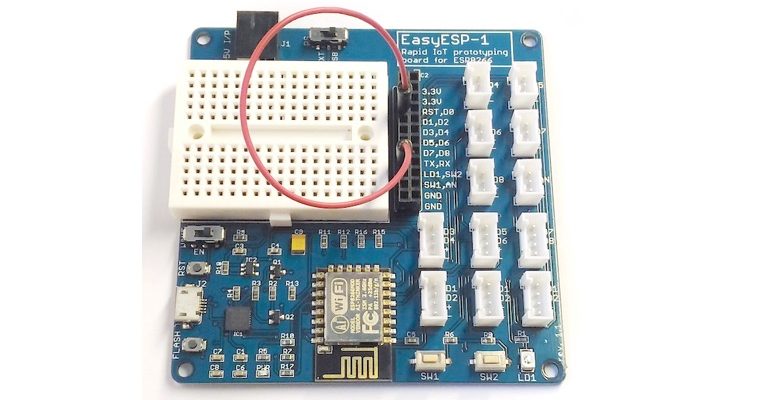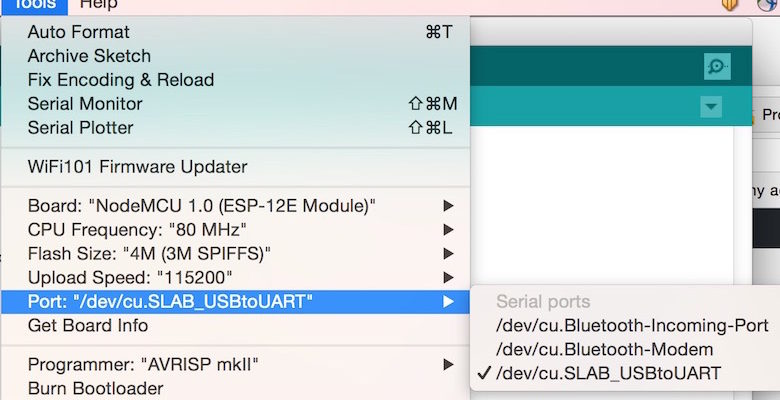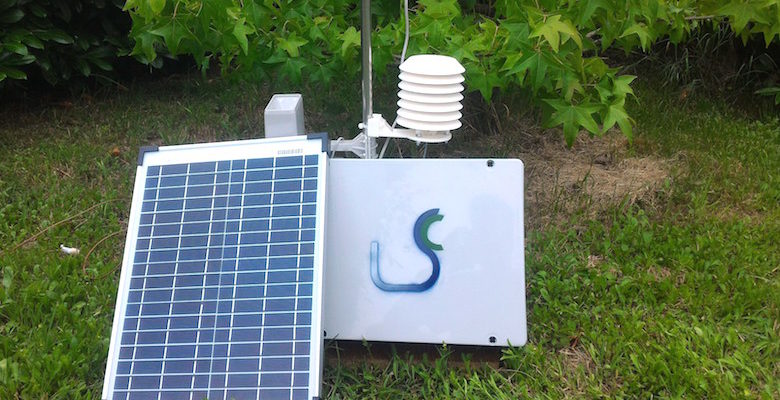After setting up the Arduino IDE to enable support for ESP8266, it’s time to write your first code for EasyESP-1 board. We will start with the classic hello world! example of electronics, a flashing LED.


After setting up the Arduino IDE to enable support for ESP8266, it’s time to write your first code for EasyESP-1 board. We will start with the classic hello world! example of electronics, a flashing LED.

One of the simplest way to program the ESP8266 chip on board EasyESP-1 is using the Arduino IDE. Following steps describe how to enable the ESP8266 support in the Arduino environment. Step 1 : Install Arduino IDE

Matteo Monsello and Daniel Garčević built a solar-powered weather station with a particulate sensor to monitor air quality in Alba. It’s a modular design using ATmega328P microcontroller and uses the ESP8266 Serial-to-Wifi chip to upload the